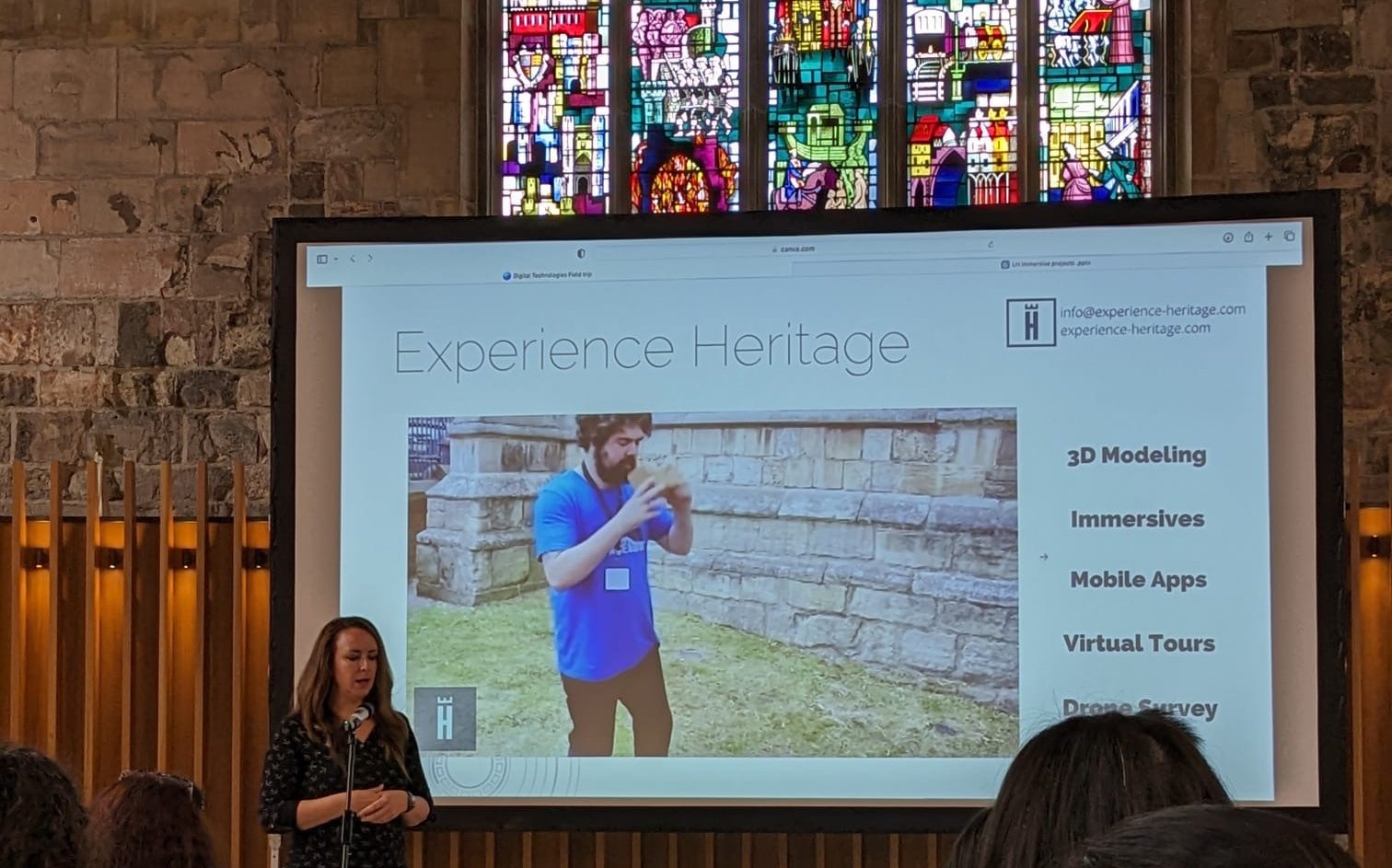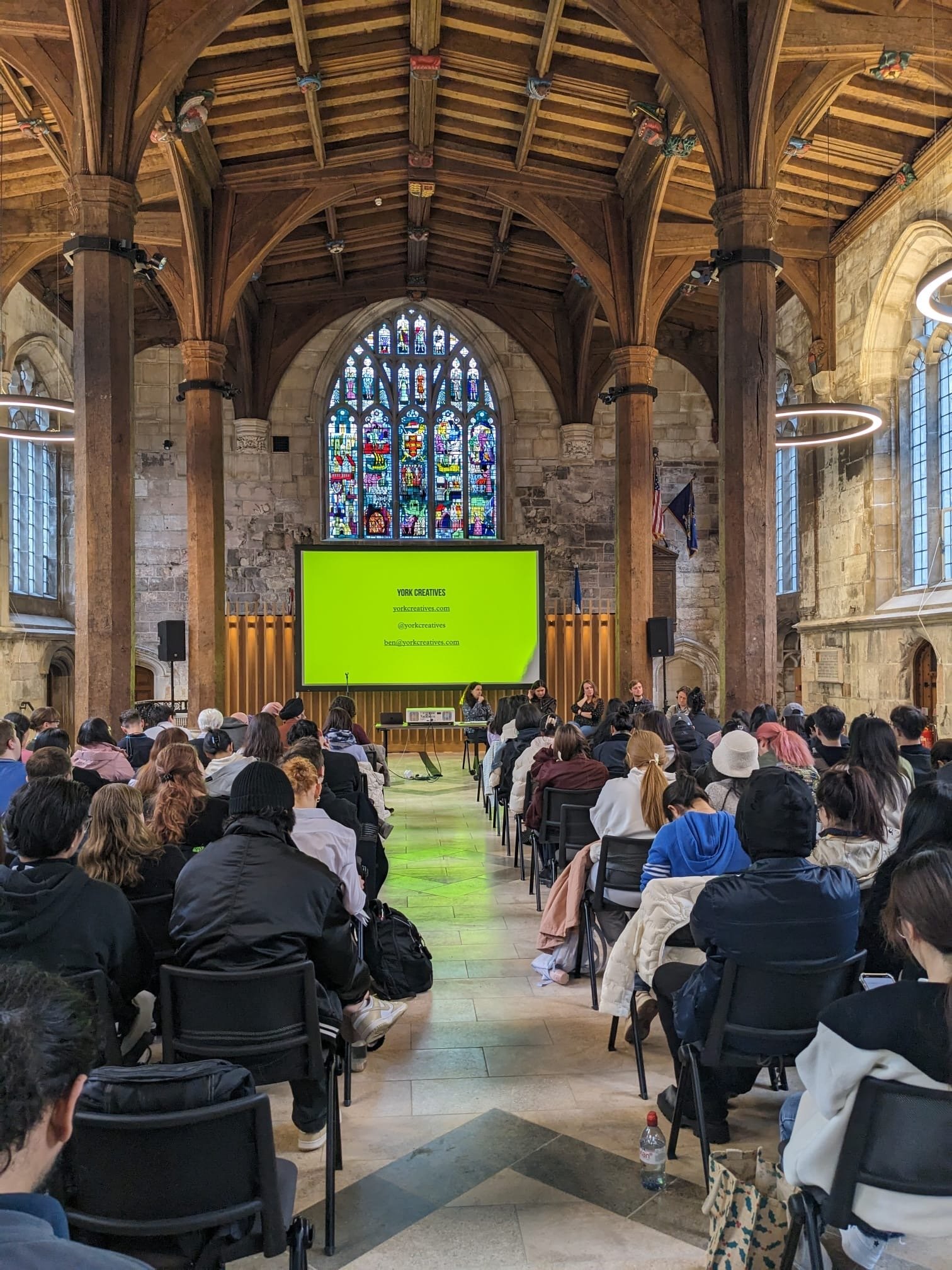Reflectance Transformation Imaging (RTI) is an innovative imaging technique that offers a unique way to capture and analyze intricate details of cultural artifacts, historical documents, and ancient relics. It enables the enhancement and analysis of intricate surface details of objects through the manipulation of light. Unlike traditional photography, which captures a static view of an object, RTI allows for the exploration of an artifact's surface from various angles, unveiling hidden details that are otherwise imperceptible.
The process involves capturing a series of photographs of an object, illuminated from different directions. These photographs are then processed using specialized software to generate an interactive, high-resolution image that allows for the manipulation of the lighting conditions virtually. The resulting RTI can be examined in detail, revealing fine surface features, textures, and inscriptions that may have been obscured or difficult to perceive under conventional lighting.
How is it being used in the Heritage Industry?
Artifact Conservation: RTI proves invaluable in the preservation of cultural artifacts. This technique can be used to document the condition of objects, monitor changes over time, and plan appropriate conservation measures.
Documenting Inscriptions and Texts: For historical documents or artifacts with inscriptions, RTI can bring faded or worn text to life. Using RTI, we can decipher ancient scripts or uncover hidden details that provide new insights into historical contexts.
Archaeological Analysis: In archaeology, RTI aids in the detailed examination of excavated items. It can be used to identify tool marks, distinguish between intentional and natural markings, and analyze the wear and tear on artifacts.


















